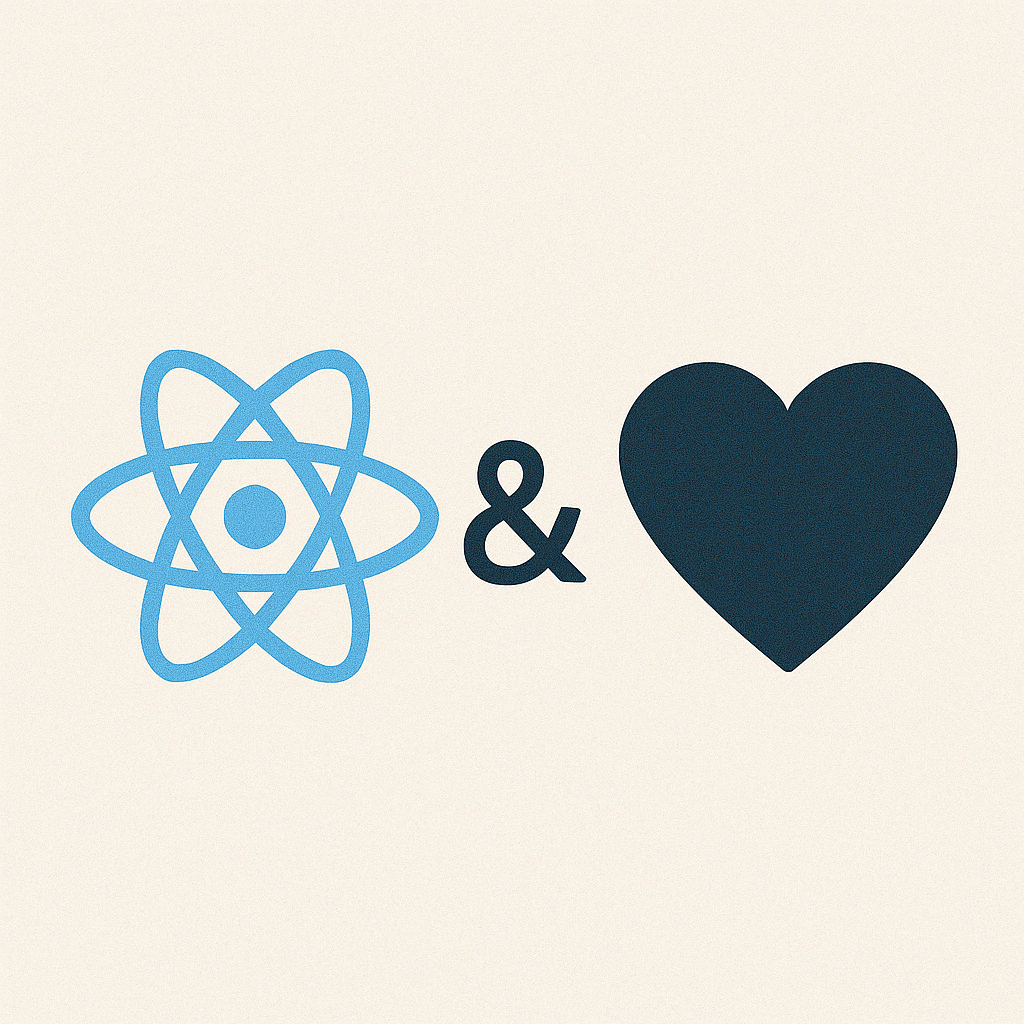Introduction
What React Taught Me About Life (Yes, Seriously). When I first started learning React, I expected to build user interfaces, manage states, and eventually land a job in front-end development. What I didn’t expect was how React would quietly teach me some deep life lessons — about consistency, growth, relationships, and even failure.
Yes, React is a JavaScript library. But if you’ve spent enough time with it, you start to see how its core principles can reflect broader truths about how we navigate life itself.
In this blog post, I’ll walk you through 7 powerful life lessons React has taught me, alongside some real coding analogies and helpful links to take this journey even deeper.
Table of Contents
1. Components: Life is Modular
React’s entire architecture is built on components — reusable, independent blocks of code that form a larger UI. Just like life:
- You are not defined by a single event.
- Life is built of small, modular experiences — your friendships, career, hobbies, family, habits.
If something goes wrong in one component of your life, you can isolate it and fix it without bringing everything down.
2. State Management: Handle Your Emotions Wisely
In React, state is everything. Without properly managed state, your UI breaks or behaves unpredictably.
Similarly, emotional state management in life is crucial. If you’re overwhelmed, frustrated, or scattered — everything starts to feel buggy. React taught me the value of:
- Tracking your state (through journaling, mindfulness)
- Knowing when to update state (e.g., therapy, conversations, reflection)
- Avoiding unnecessary re-renders (don’t overthink or overreact to every small event)
3. Props: Communicate Clearly
Props are how components in React talk to each other. You pass data down in a controlled, predictable way.
The same goes for relationships. Whether it’s with your team or your loved ones:
- Be explicit in your communication
- Don’t assume shared state (aka unspoken expectations)
- Avoid prop drilling — go directly to the person who needs the information
🔗 Learn about Props: React Props Guide
4. Hooks: Evolve With Time
Hooks like useState, useEffect, and useReducer changed how React apps are written. They brought new ways of thinking and working into older components.
Lesson? Evolution is essential. You don’t have to throw away who you are to grow. Instead:
- Hook into new experiences
- Use past state to inform current decisions
- Side effects (like learning from mistakes) are natural and manageable
React’s shift to hooks taught me that even mature systems can (and should) evolve.
5. Rendering: Focus on What Matters Now
React only renders what’s needed, when it’s needed. It’s efficient, performance-aware, and doesn’t waste time on things not visible to the user.
Apply that to life:
- Focus your energy where it’s needed most
- Don’t waste mental effort on past regrets or future worries
- Be present and render the current moment
Performance isn’t about doing everything — it’s about doing the right things.
6. Errors and Boundaries: Prepare for the Unexpected
React introduced error boundaries to gracefully handle exceptions. Instead of crashing the whole app, you can isolate and recover from failures.
Life’s the same:
- Prepare for setbacks
- Handle them with grace
- Don’t let one mistake crash your entire self-worth
Whether it’s failed relationships, job rejections, or creative blocks — a good error boundary (support system, resilience, perspective) can keep your life stable.
7. Virtual DOM: There’s More Than Meets the Eye
React uses a Virtual DOM — a layer that represents the UI without actually updating the browser until necessary. It lets React plan updates intelligently.
Lesson? There’s always an inner version of you that’s planning, dreaming, and improving — even if no one sees it yet.
Your “Virtual DOM” is the inner work you’re doing:
- Healing quietly
- Learning something new
- Visualizing your goals
Even if the outside doesn’t look different yet, your internal improvements are preparing you for big updates.
Conclusion
React is more than just a tool to build user interfaces. It’s a philosophy of modularity, intentional design, and graceful state management. And when you spend time building in React, it starts to build you, too.
Through components, state, props, hooks, and the Virtual DOM — I’ve learned that life, like React, is not about perfection. It’s about creating systems that let you adapt, grow, and handle the unexpected with resilience.
So next time you’re debugging a React app, ask yourself: What is this teaching me about life?
Maybe the bugs aren’t in the code — maybe they’re just lessons in disguise.
🔗 Bonus read: Dan Abramov – Things I Wish I Knew About React
Happy coding — and happy living.
Find more React content at: https://allinsightlab.com/category/software-development

